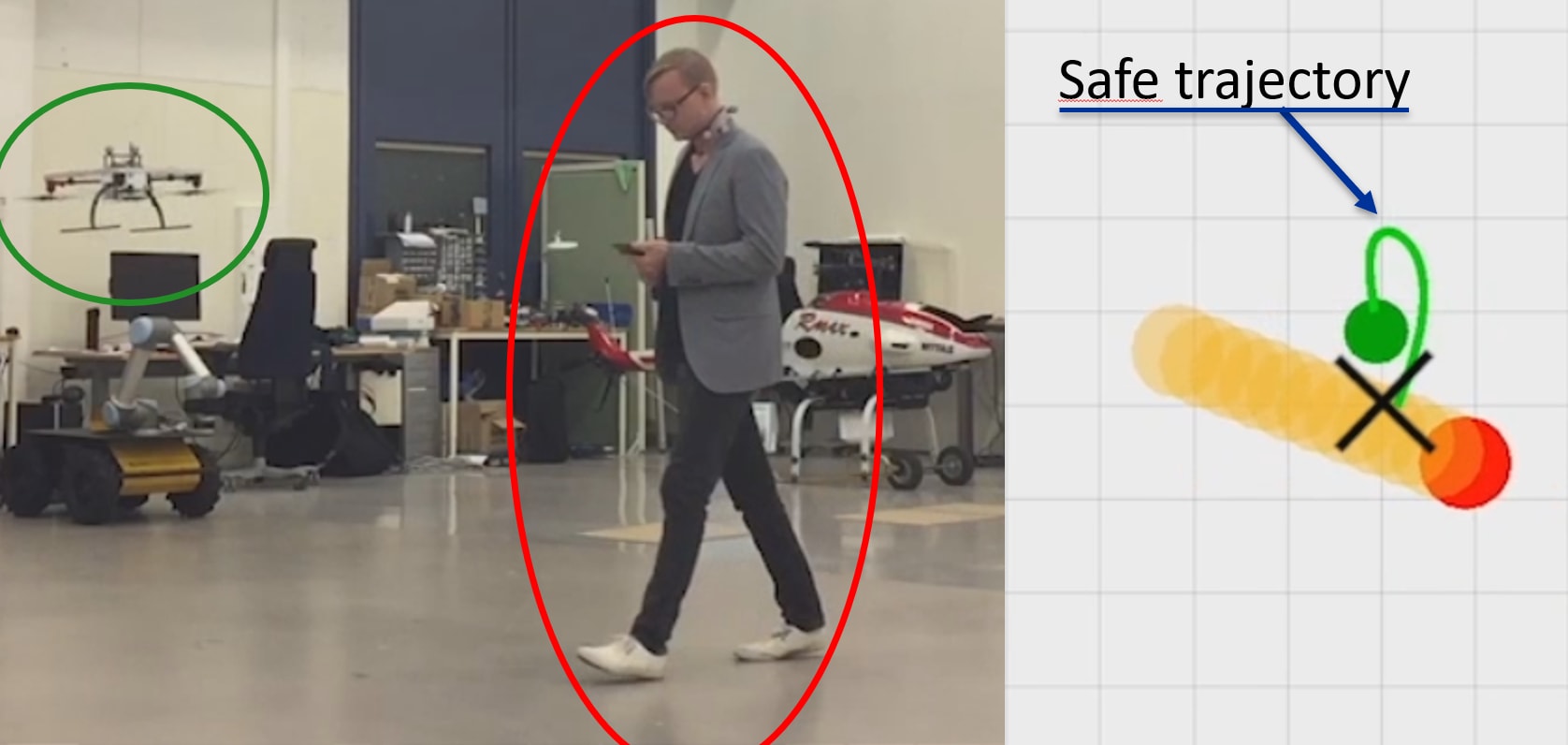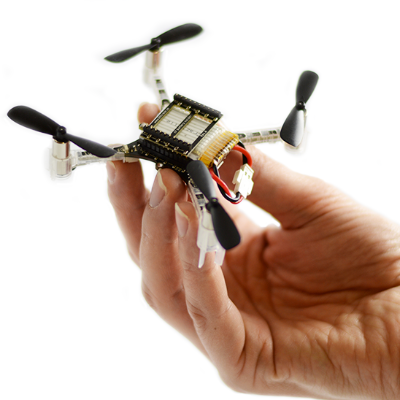Research - Robust Machine Learning
My research is in robust and scalable machine learning. In short, theory and methods for real-world systems that often have to satisfy constraints on both safety and computation. I work closely with applications in robotics and autonomy, such as quadcopter control and safe obstacle avoidance.
As an example, decision making under uncertainty features heavily in real-world autonomy, but is difficult for standard control methods. I have attacked these problems using various combinations of reinforcement learning and optimization-based control. An example from an ICRA'16 paper can be seen below. In the video I demonstrate the safety of an obstacle avoidence behavior by walking into an unshielded quadcopter while ignoring it. Bayesian optimization was used to learn safety constraints that hold even though obstacle motion is uncertain, just as for an autonomous vehicle navigating in a real crowd.

Computational requirements are also a bottleneck in applications, particularly for optimization-based control. In an AAAI'17 paper I examined deep neural network approximations, and showed that using a simple resampling scheme you can gain large reductions in computation while still satisfying safety constraints. This allowed us to embed a neural network for safe obstacle avoidance on-board the tiny Bitcraze Crazyflie.

While my current ML applications are mainly in robotics, I also have experience in other domains. For example, I'm also involved in a project on AI for maintenance and sustainability. Prior to this I also spent several years developing advertising algorithms for a pan-European advertising company.
News
- Our novel lattice trajectory planner for dynamic environments got accepted to CDC'18 (top control conference). This was joint work with Mattias Tiger and Oskar Ljungqvist. More to come!
- I had a workshop paper at the ICML2018 workshop on Enabling Reproducability in ML. I examined deep RL control benchmarks from an application perspective, identifying some neglected problem dimensions.


